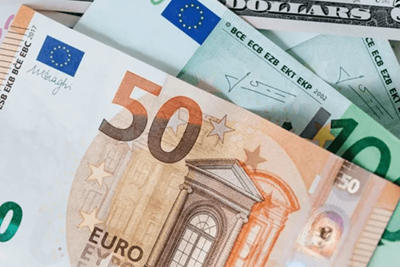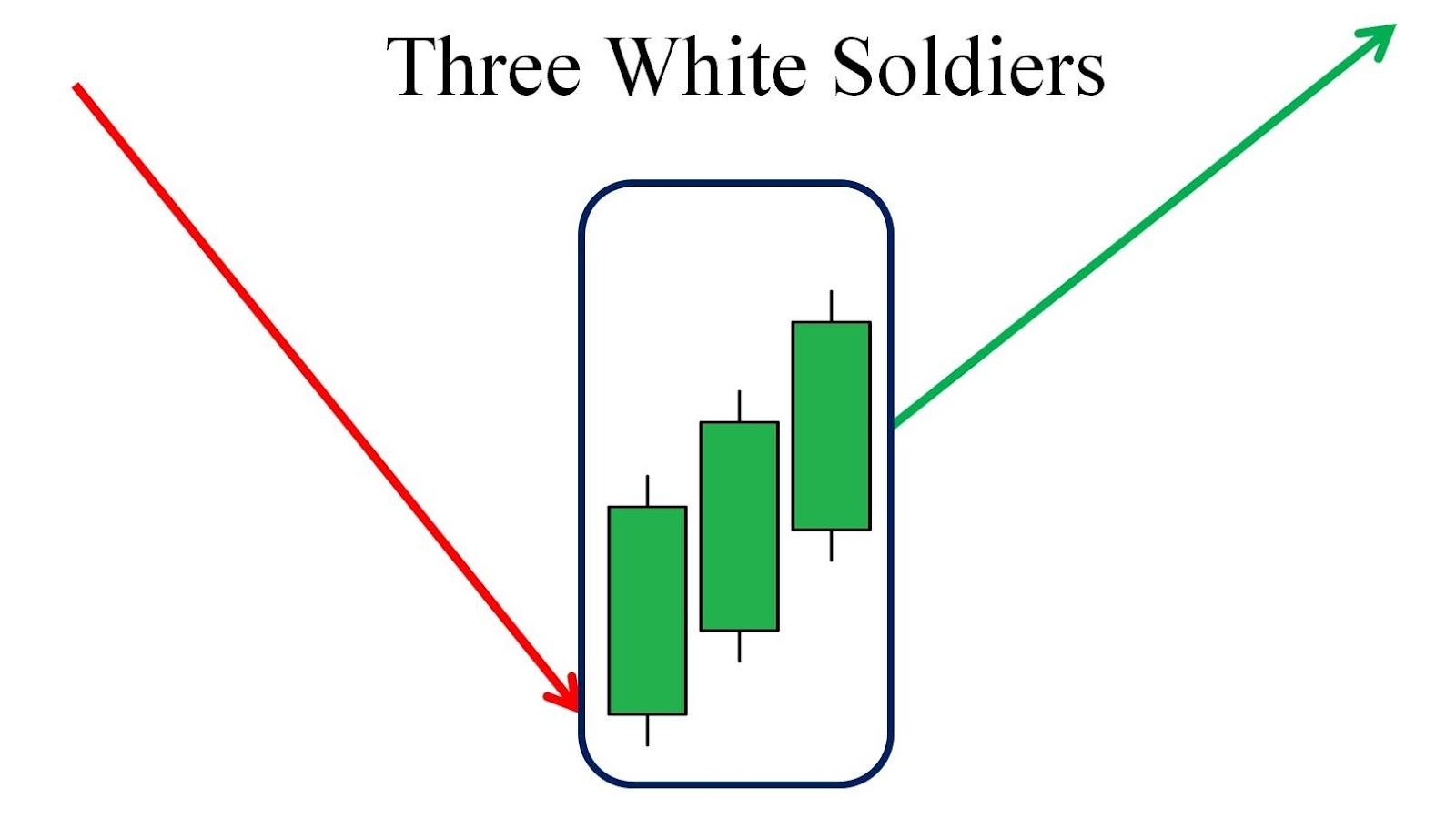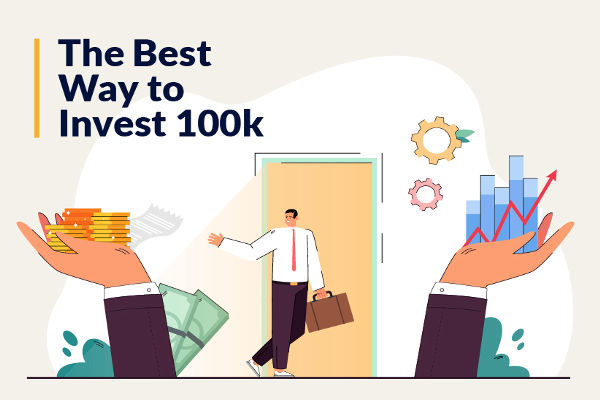In the complex foreign exchange market, cross-currency swaps are a valuable tool. In international trade, people often use foreign exchange swaps to agree in advance on future exchange rates, so for investors in cross-currency swaps, can this swap also be used to avoid risk? Let's examine it together!

It is a financial derivative that is contracted between two parties. The principal amount of two different non-major foreign currencies is exchanged at an agreed exchange rate on a specified date, and then a reverse exchange of the principal amount is carried out again at the same exchange rate on another date. During this period, the parties also make periodic interest payments. This transaction usually involves two different currencies, which are exchanged for interest rates and principal payments to meet the specific needs of the parties to the contract.
The purpose of this swap is primarily to help businesses and investors manage exchange rate risk. For example, exchanging interest and principal payments in one currency for interest and principal payments in another currency reduces the risk involved in financial transactions between different currencies.
Its structure is simple, yet it meets the needs of converting two different currencies. If one wishes to convert an asset or liability from one foreign currency to another (e.g., if one wants to exchange the low-cost Euro for the Japanese yen), this can be easily accomplished through this swap.
This transaction consists of two main stages: the initial swap and the stop swap. In an initial swap, one pays a fixed or floating rate of interest on one currency and receives an interest rate on the other. When it comes to the stop swap stage, it involves exchanging the principal.
Its main features are:
currency swap: This swap involves an exchange between two different currencies, less common non-major currencies (e.g., Australian dollar, Canadian dollar, etc.).
Interest Rate Swap: In addition to the currency swap, it also includes an interest rate swap between the two currencies. This means that there will be an exchange of interest rate payments with each other for the currencies of their respective countries or regions.
Term: There is a specific term, and the contract will state exactly what the currency and interest rate swap is going to look like at a future date. The term can be as short as a few days or as long as several years, depending on the needs of both parties.
risk management: This swap is usually used to manage exchange rate and interest rate risks. Through it, you can manage your assets and liabilities more flexibly, reduce your risk, and make your investment more robust.
liquidity: It is a standardized financial instrument that can be bought and sold in the market, providing a high level of liquidity.
The special feature of cross-currency swaps is that the two parties to the transaction agree on two trading operations at the same time. The parties first exchange currency a for currency b, and then agree to exchange currency b for currency a on a future date at a pre-negotiated exchange rate. The currency types bought and sold are the same in both transactions. The exchange rate for the transaction is determined primarily by the currency interest rate and the agreed-upon term. It may be higher or lower than the exchange rate at the expiration of the contract.
So it hedges the risk while sacrificing the opportunity for profit that may be available. Even if the exchange rate changes in the investor's favor after maturity, he or she will have to hope for the best.
Cross Currency Swap Quote Information
| INFORMATION |
DESCRIPTION |
| Currency Pair |
Non-major currency pairs involved, e.g., EUR/JPY |
| Start Date |
Start Date |
| Expiry Date |
Expiry Date |
| Swap Rate |
The rate at which the base currency will be exchanged for the quote currency at a specific date in the future |
| Interest Rate Type |
The type of interest rate in the swap, e.g., fixed or floating |
| Interest Rate Level |
The level of the currency interest rate associated with the swap |
| Duration |
The duration of the currency swap contract |
| Spread |
The difference between the swap rate and the real-time market rate |
| Fees and charges |
Other fees and costs associated with the swap |
| Quoter Information |
Information about the financial institution or bank offering the currency swap contract |
| Quotation Validity Period |
The validity period of the offer |
What risks can cross-currency swaps avoid?
It can be used to hedge a wide range of risks associated with foreign exchange trading, including the following key risks:
It allows businesses to lock in a currency exchange rate at a future point in time, thus avoiding the risks that may arise from exchange rate fluctuations. This is particularly important for businesses that trade internationally and invest across borders, as they often have to deal with transactions between different currencies.
Swap contracts are usually standardized financial instruments that are easily bought and sold in the market. This reduces liquidity risk as businesses can sell or buy these contracts at any time to meet their funding needs.
Credit relationships with counterparties are also important in swaps. By signing contracts with reliable contractual counterparties, firms can avoid the risks associated with counterparties that are unreliable or have high credit risk.
Can cross-currency swaps hedge interest rate risk? Absolutely. Swap contracts typically include a currency exchange as well as an interest rate on the currency, allowing a business to hedge against the impact of rising or falling interest rates on its financial position.
Market risk includes the potential impact of market volatility on a business's financial position. Swaps, on the other hand, can help businesses reduce market risk by locking in the price of future currency transactions.
Businesses can use swaps to plan for their future financial position, ensuring that they can meet future currency needs without being subject to unfavorable market changes.
Cross currency swaps and foreign exchange swaps
| Features |
Foreign Exchange Swap (FX Forward) |
Cross Currency Swap |
| Types |
Is a financial derivative that is used for currency exchange. |
A currency swap instrument, usually involving two currencies. |
| Participating Currencies |
Two currencies are involved, usually including the base currency and the quote currency. |
Includes the exchange of two non-major currencies. |
| Exchange Rate Setting |
The contract includes a specific swap rate for exchanging currencies at a future date. |
hedging of exchange rate and interest rate risk between different currencies, not necessarily including specific swap rates. |
| Risk Management Purpose |
Used to protect businesses or investors from unfavorable exchange rate fluctuations. |
Used to manage exchange rate and interest rate risk while also meeting the specific financial needs of a business. |
| Primary Purpose |
Used to manage exchange rate risk, especially for international trade and cross-border investments. |
Used to manage a wide range of risks, including exchange rate, interest rate, and financial planning risks. |
| Liquidity |
Has good market liquidity and is easy to buy and sell. |
Are standardized financial instruments that provide a high degree of liquidity. |
Disclaimer: This material is for general information purposes only and is not intended as (and should not be considered to be) financial, investment or other advice on which reliance should be placed. No opinion given in the material constitutes a recommendation by EBC or the author that any particular investment, security, transaction or investment strategy is suitable for any specific person.







